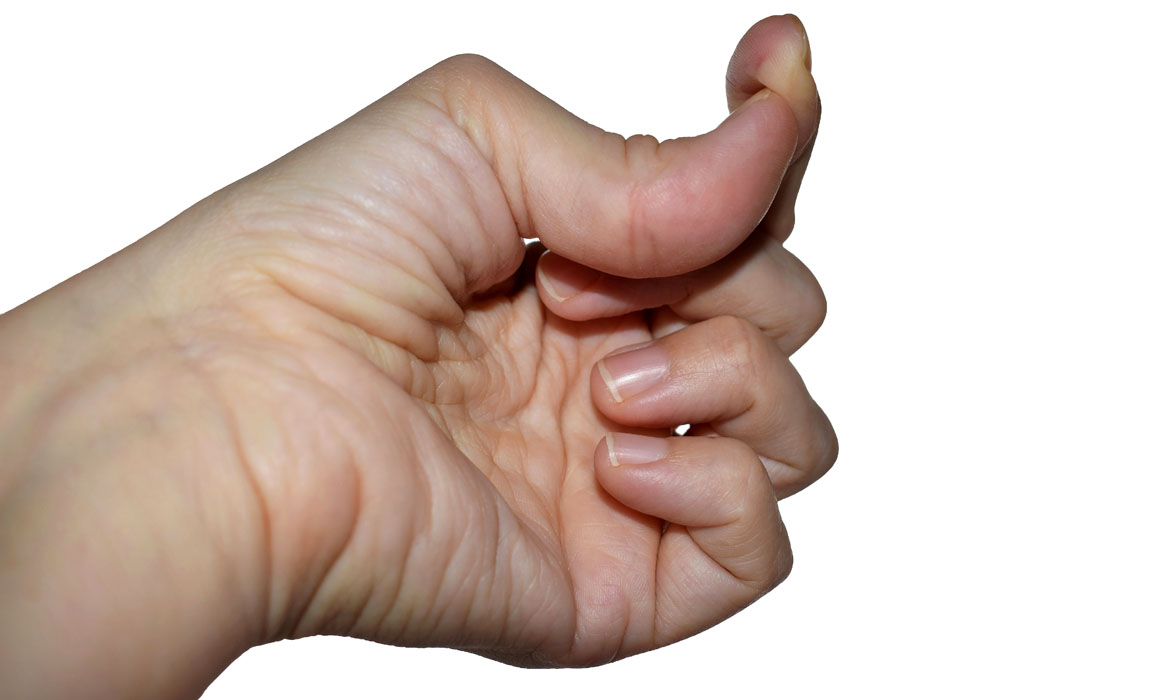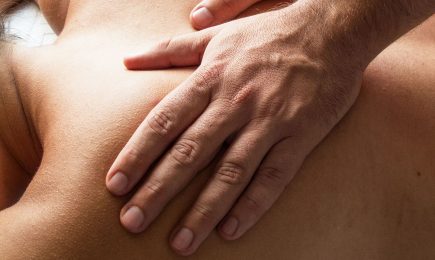
How can Be Your Best Physio help you?
Our Physiotherapists are experienced in the management of Hypermobility disorders.
Hypermobility means that your joints move beyond their normal expected range. This can be due to collagen laxity which makes tissues and ligaments "stretchier" and can contribute to increased injury risk (eg. sprains, dislocations, clicky joints) and pain.
Ehlers Danlos Syndrome (EDS Hypermobility type)
Many of our client’s Joint Hypermobility is part of a multi-systemic disorder of connective tissue – one of these disorders is Ehlers Danlos Syndrome (EDS Hypermobility type). This is because collagen is found in joints but also many systems of the body (eg. heart, blood vessels, gut).
Hypermobile EDS symptoms can include:
- skin changes - easily bruised, poor scar healing or prone to stretch marks
- pain in more than three joints, longer than 3 months
- joint dislocations, subluxations & frequent soft tissue injuries
- varicose veins, hernias or pelvic organ prolapse
- autonomic dysfunction - fainting, nausea, vomiting, dizziness, profuse sweating
- tiredness and fatigue
- co-ordination issues
- digestive problems
- associated with mental health issues (anxiety, depression)
For more information, call Be Your Best Physiotherapy on (03) 5996 2693 or email help@beyourbestphysio.com.au

Physiotherapy
Be Your Best Physiotherapy offers quality physiotherapy services from experienced practitioners. We treat a variety of musculoskeletal...
Read More
